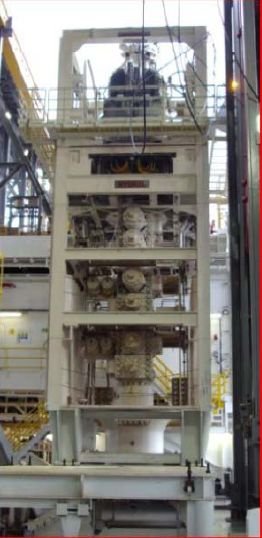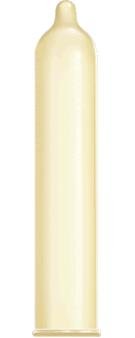don't forget that there is pipe stuck across the bop's (at least last i heard) that is preventing access to the well. in addition, you wouldn't have re-invent the wheel here. the oil industry already has a similar piece of harware. it's called a packer (
picture here). you would also be dealing with 10-15 Mbbl/day flowing out while running the packer down and you would have to stop every 90' to connect on another 90' section of pipe.
this is the second time i have heard about the steel balls idea. also from someone in the aerospace industry. if the resistance to flow was greater, that would cause more leaking out the vents. the same thing can be achieved without the steel balls by using a choke at surface.
an interesting piece of production and reservoir engineering. say you have bunch of round balls with diameter x. if those round balls were to be stacked/sorted in the most efficient manner, the porosity (pore volume/bulk volume) would be ~46%. now, say you have a bunch of balls with diameter 2x, stacked/sorted the same way as the first. the porosity would be ~46%. thanks to a great french "sanitation" engineer with the last name Darcy, we were given various properties, the most important to our discussion being permeability (the ability of fluids to mobilize from pore space to pore space). while ball w/ diameter x's porosity = ball w/ diameter 2x's porosity, this is not true for permeability. in general, ball w/ diameter x's permeability < ball w/ diameter 2x's permeability. but, it gets more complicated than that...the point being, one would need smaller ball sizes to create larger pressure drops. but, as i said earlier, using a choke would do effectively the same thing, except you can open a choke back up. with the balls, you would have to figure out how to get rid of them.
the ice plug is a good idea. i thought they should have done that when they were trying the top kill. a little seawater and a little methane. it couldn't have hurt to pump a little to try it out. they still can't get down pass the bop's.
but the mud...they would need much more than 100' of hydrostatic head to kill this bad boy. mud is kind of a misnomer, it's a solids laden, power law (non-newtonian) fluid. if you stop pumping, you loose your solids (typically barite) and weight. then there is the problem of the pipe across the bop's.
again, if the obstruction wasn't in the bop's, snubbing into the well to bottom and circulating around heavy weight kill fluid would be ideal.
jmo...




